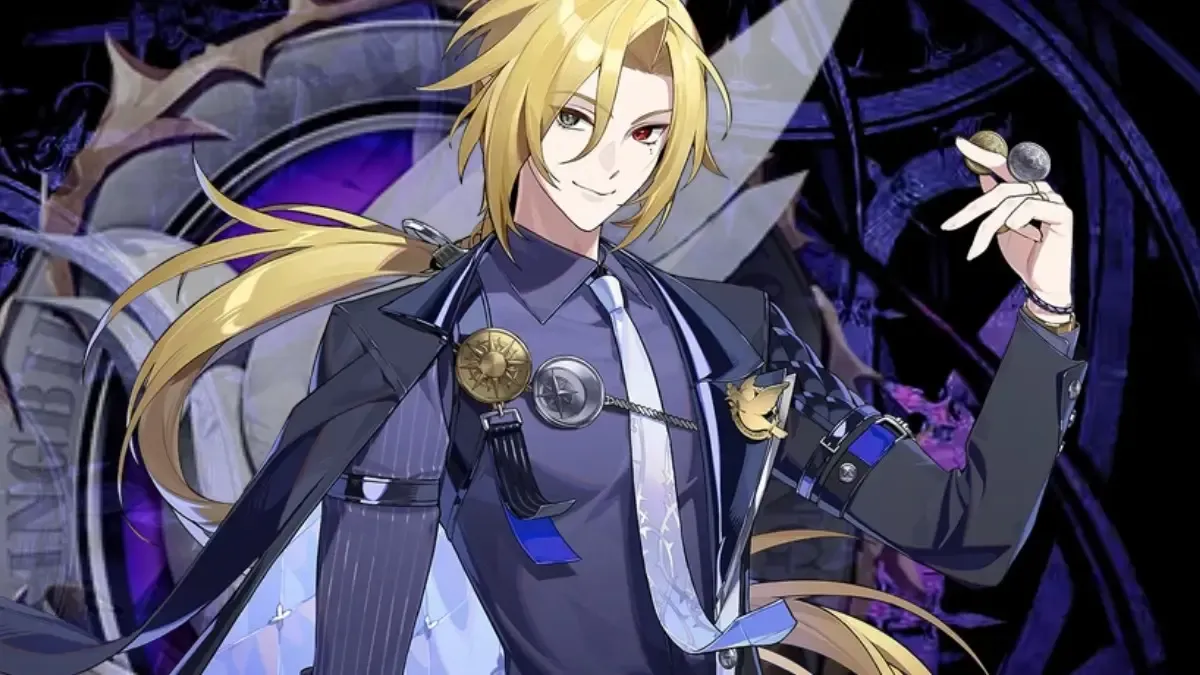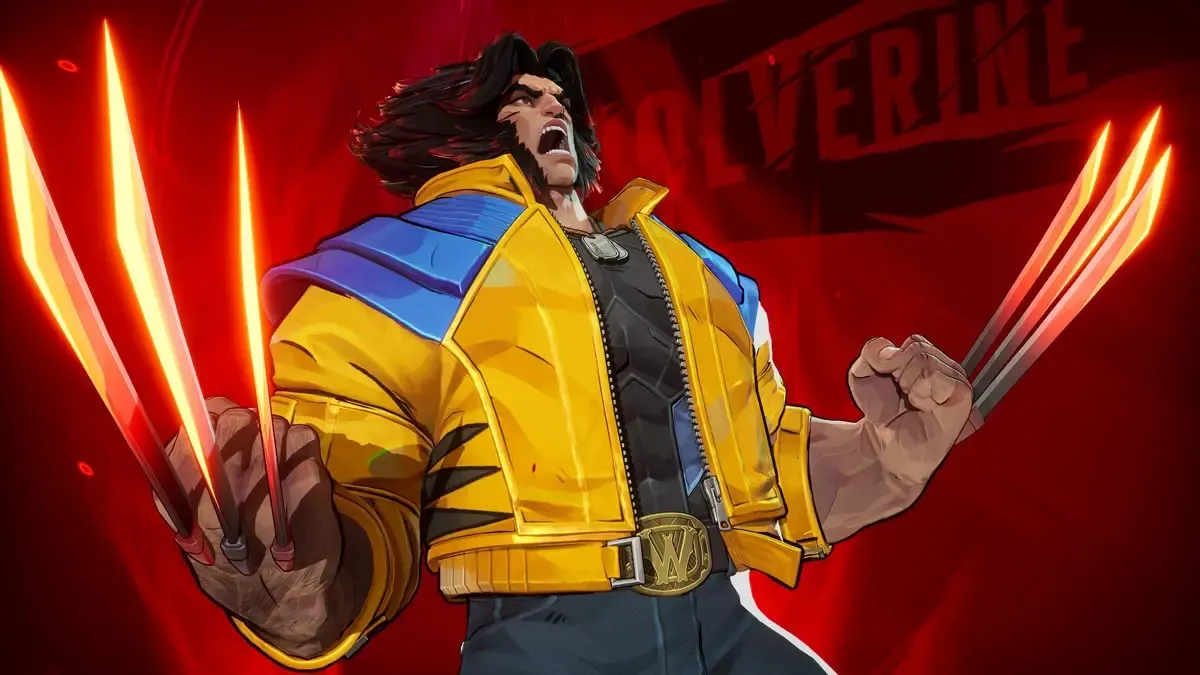Image: Blizzard Entertainment
Lifeweaver’s high skill ceiling makes him an excellent addition to Overwatch 2’s support roster. Here’s everything you need to know about his abilities.
Overwatch 2 has finally revealed its 37th hero Lifeweaver, a new and long-awaited addition to a thin support roster with a rather high skill ceiling. We went hands-on with Lifeweaver before interviewing the game’s developers (which you can read about here), and our big takeaway is that this is one of the most exciting heroes Overwatch 2 has put out yet. While he does not have the lore implications of Ramattra, he does have a fun and diverse kit to master, and a few abilities that could seriously impact the flow of a match.
Also, he’s Southeast Asian! Niran PruksaManee AKA Lifeweaver hails from Thailand, and his roots from the country are visible not only in the language he speaks, the nickname he goes by or the clothes he wears - but the very abilities support players are going to spend hours getting the hang of.
Here’s everything you need to know about Lifeweaver:
Let’s talk abilities
In terms of kit complexity, Lifeweaver definitely feels more like a Ramattra than a Cassidy. There are quite a few abilities for players to keep track of here, and two weapons to swap from depending on whether you’re trying to put out heals or damage. A few of these abilities come with mechanics of their own, and mastering all of them is the key to understanding how game changing Lifeweaver can be in the right hands. Here’s his full kit:
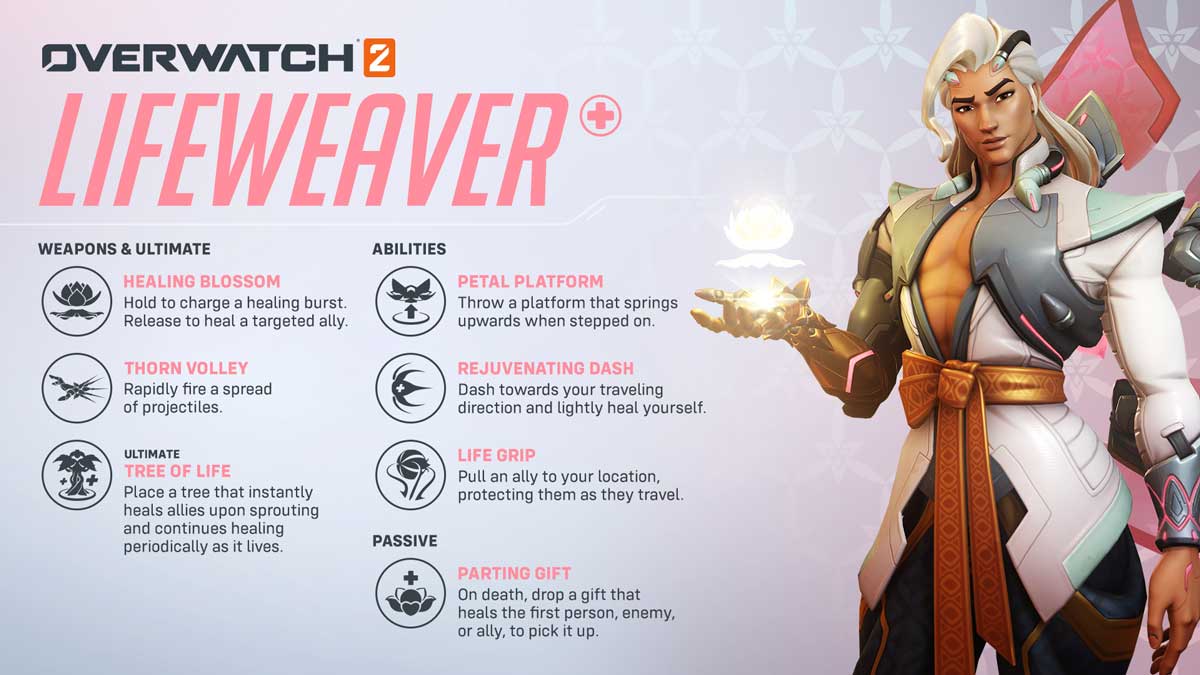
Let’s start with his main weapons. Lifeweaver can swap between Healing Blossom and Thorn Volley, the former of which is his main healing ability. It charges up for a few seconds, before automatically honing in on allies when released for a chunk of healing. Unlike Kiriko’s Healing Ofuda, it’s a lot harder to miss with Healing Blossom. Thorn Volley is the opposite - while it could do a lot of damage when fired in succession, it has a really wide spread to keep track of.
Next, his three abilities. First up is Petal Platform, a large flower that Lifeweaver throws on the ground and only activates when someone steps on it - enemy and ally alike. The platform will then lift them up for higher elevation or just to get them out of danger, and they can get even higher if they jump off the platform just as it nears its peak. The petal can block damage and be destroyed just like a horizontal Mei wall, but Lifeweaver can break it anytime by pressing the left Shift key.
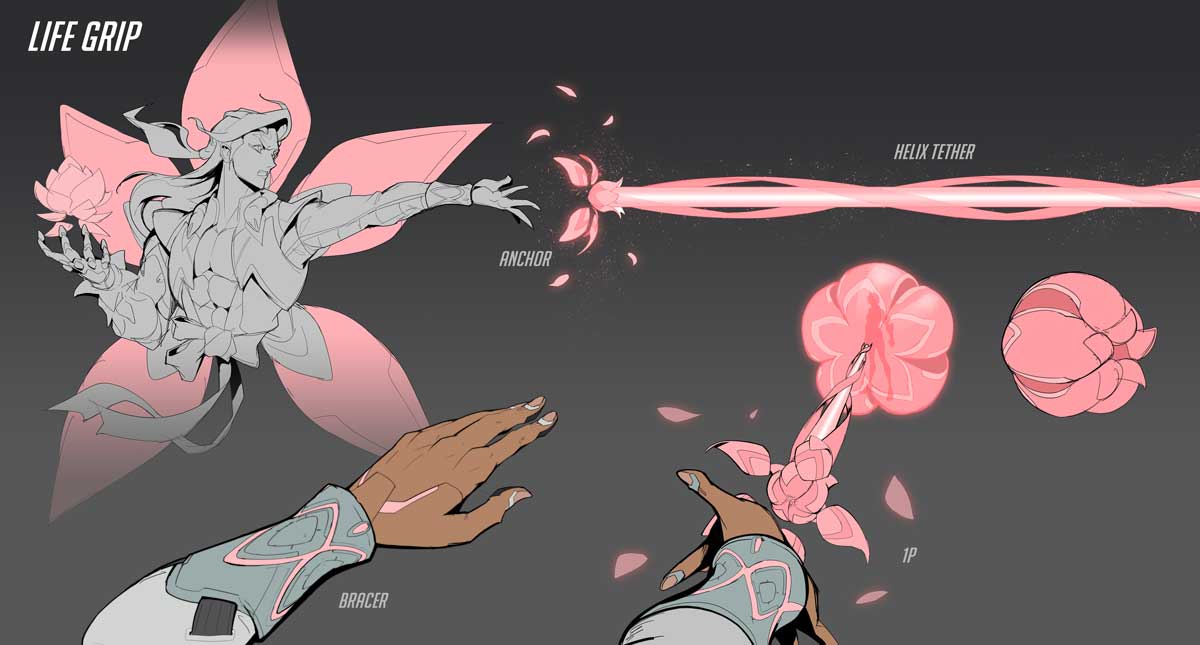
Rejuvenating Dash gives Lifeweaver a bit of mobility. It doesn’t take you very far, but it does a light amount of healing to get you out of tight spots. Life Grip is much more of a game changer, as it allows the player to grab allies at tremendous range and pull them towards the player quickly. The player also gets shielded while they’re being pulled back, so they can’t be hurt while Life Grip is active. The possibilities this ability presents are practically endless - from rescuing allies who have fallen out of bounds to bring your suicidal charging Reinhardt back to safety. They just can’t help themselves, can they?
Somehow, Lifeweaver has two more abilities on top of the rest of these. His ultimate is called Tree of Life, and it allows him to place a massive tree made from Biolight anywhere on the map (where there’s a floor). The tree also acts like a Mei wall, blocking about 1000hp of damage while providing huge amounts of AoE healing for a short period of time. After that, it fades away. His passive is called Parting Gift, and it looks like a small flower that he drops after death. The flower can be picked up by allies for 250hp of healing, but it can also be picked up by enemies for 75hp of healing.
Let’s talk lore
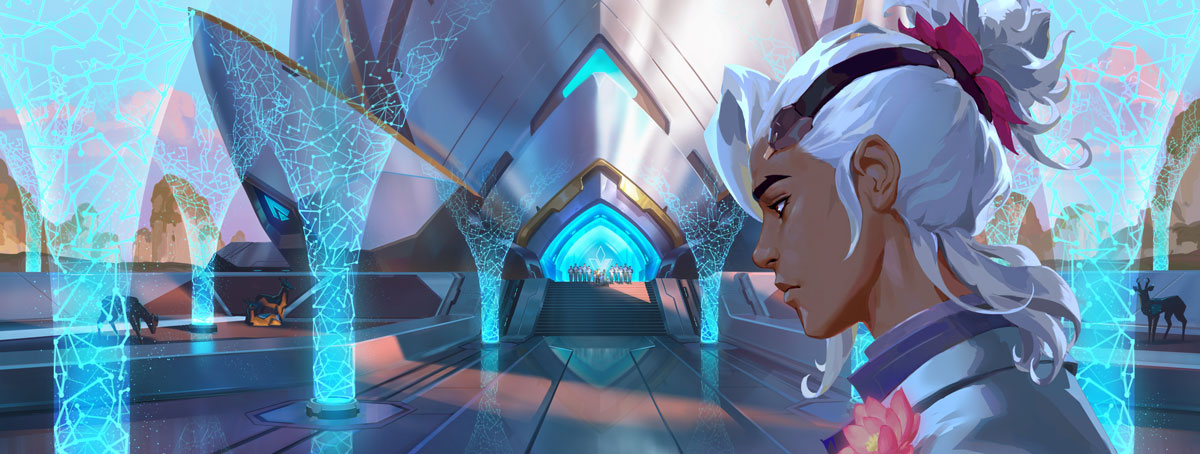
Voiced by Thai actor Phuwin Tangsakyuen, Lifeweaver represents two firsts for the Overwatch roster: he’s the first openly pansexual hero, and the first Thai hero too. You’ll find floral motifs in his visual design that are very specific to Southeast Asia - from the flower petals on his back that evoke the mandala, to the lotus flower bobbing about in the palm of his hand. He also possesses a nickname the way most Thai people do - ‘Bua’, which means ‘lotus’. Where Kiriko might aim her sharp wit at enemies and allies alike, Lifeweaver uses it with kindness and aims to lift the people around him up.
Lifeweaver flitted from one school to the next at an early age, being far too intelligent to fit in among his peers. His wealthy parents eventually shipped him off to the Vishkar Architect Academy, where the future scientist found a roommate and good friend in Symmetra. Unfortunately, Lifeweaver couldn’t stand idly by while Vishkar continued to ravage the planet, and began creating a new technology of biolight - a combination of Vishkar’s hard light technology (which is what Symmetra uses to make her shields) and plant material. Vishkar saw money in the idea, but Lifeweaver took his creation and fled with it.
Now, Lifeweaver lives as a fugitive in the middle of the Atlantic Ocean, while Vishkar hunts him down to take their tech back. Blizzard hints that, “other, more dangerous forces,” are also after Lifeweaver - and we can probably count Doomfist and his pals at Talon among the bunch. This has put a strain on his relationship with Symmetra, though the latter isn’t getting along with Vishkar either right now.
As far as the lore goes, Lifeweaver isn’t as relevant an addition to the roster as Rammatra - who functions as the main villain of the sequel’s story for now. Like Junkrat, Kiriko and Ashe, he’s just doing his own thing unbothered by the Overwatch team regrouping in modern day.
When will you get to play him?
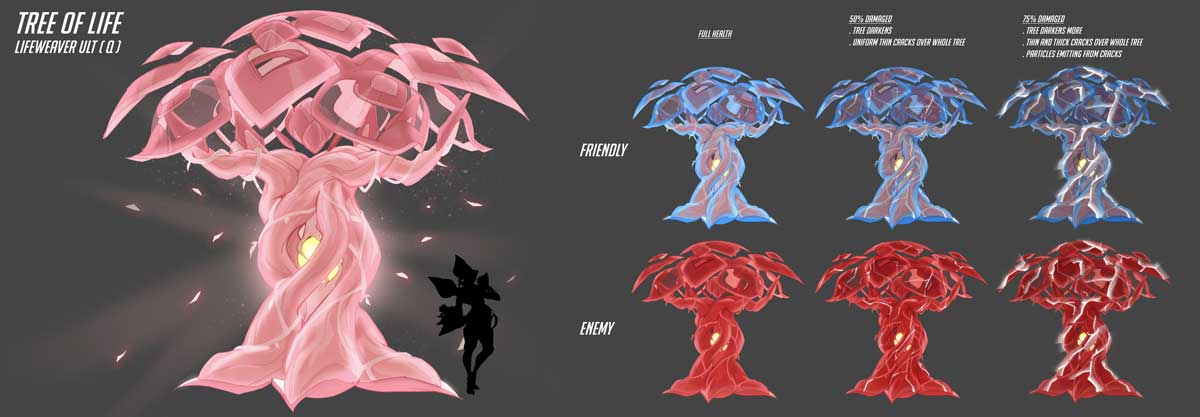
Overwatch 2 Season 4 will launch with Lifeweaver as a new playable hero on April 12. You’ll need a Premium Battle Pass to unlock him instantly, or you can grind the pass out to Level 50 to get him later. Season 4 is also introducing a limited-time game mode called ‘Bob and Weave’ though Blizzard hasn’t talked about it in detail yet.


